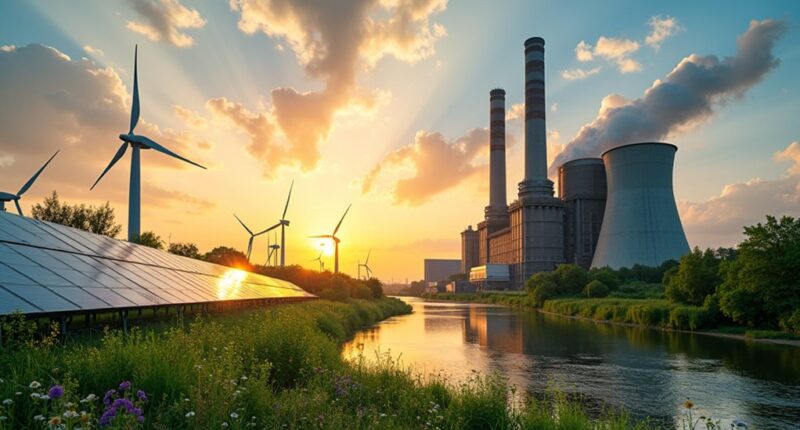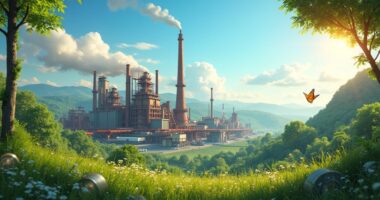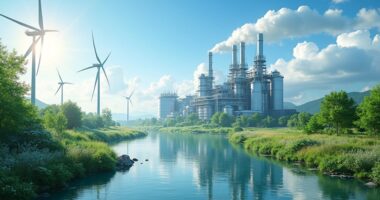As the world grapples with climate change, the steel industry finds itself at a pivotal crossroads; it emits a staggering 7-9% of global greenhouse gases, making it a key player in the quest for cleaner practices. Envision the steel industry as a grumpy giant, lumbering along and belching out carbon dioxide like it’s nobody’s business. Fortunately, this giant has started to wake up and smell the eco-friendly coffee.
Steel production is currently a major culprit, contributing about 15% of industrial CO2 emissions. In Europe alone, it releases around 200 million tonnes of CO2 annually. With 86% of its fuel mix still reliant on non-abated fossil fuels, it’s clear that the industry needs a makeover. The ambitious targets set for 2030—including a 45% reduction in primary steel emissions—are akin to a New Year’s resolution that’s actually being taken seriously. The transition toward renewable energy sources represents a crucial step in reducing the industry’s carbon footprint.
Steel production is a heavyweight in CO2 emissions, needing a serious makeover by 2030 for a greener future.
Decarbonization technologies are the shiny new tools in the giant’s toolkit. Clean hydrogen-based Direct Reduced Iron and Electric Arc Furnace (DRI-EAF) processes could cut emissions by up to 97%. Envision a steel factory powered by hydrogen, with emissions dropping faster than a hot potato. In fact, the BF-BOF process is the primary driver of emissions in steelmaking, accounting for 71% of global primary steel production. To achieve these significant reductions, the industry must embrace new ore processing technologies that enable near-zero emissions steel production.
Meanwhile, Carbon Capture, Utilization, and Storage (CCUS) technologies are also on the rise, capable of slashing emissions by up to 90%. However, these technologies come with hefty price tags. Investing $200-$890 billion for additional capacity might feel like buying the latest smartphone every year. Yet, the potential returns—cleaner air and a healthier planet—make it worth it.
On the policy front, companies like SSAB are pioneering emission-free recycled steel, while others are collaborating to capture thousands of tonnes of CO2. The steel industry is gearing up for a transformation, climbing out of its carbon-heavy past, and stepping into a greener future, one emission reduction at a time.
If the grumpy giant can learn to dance, perhaps we can all join the party.









